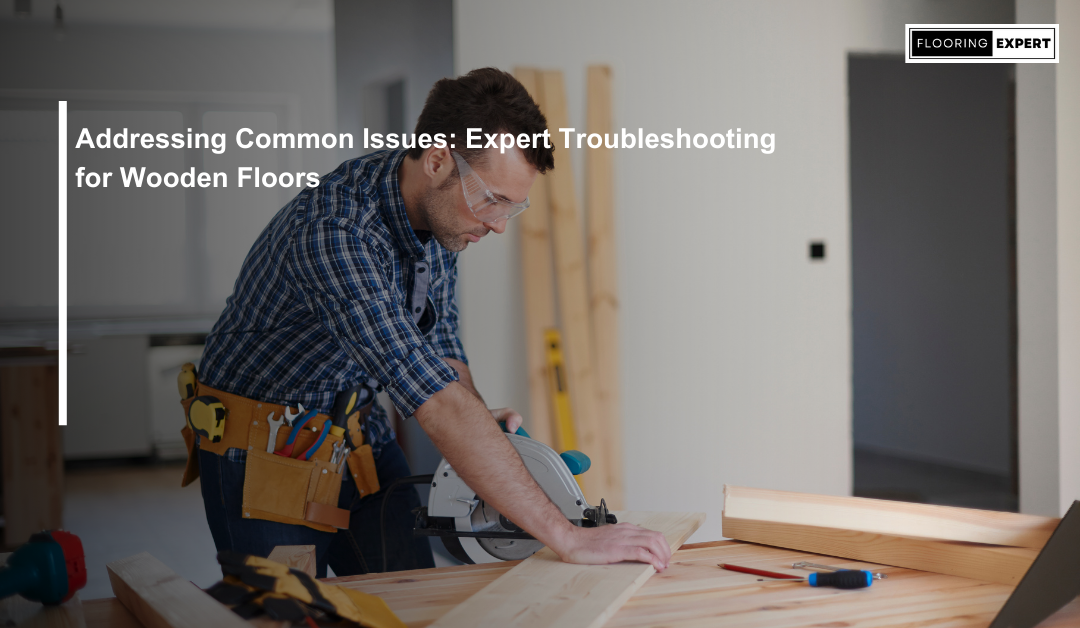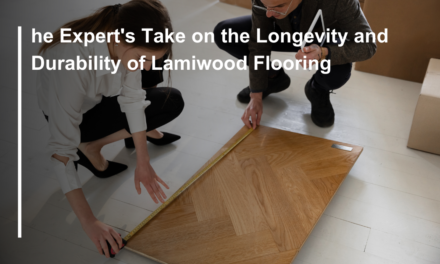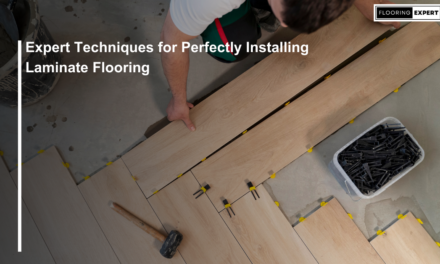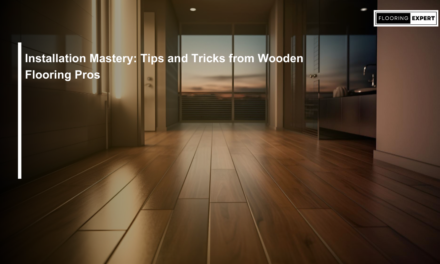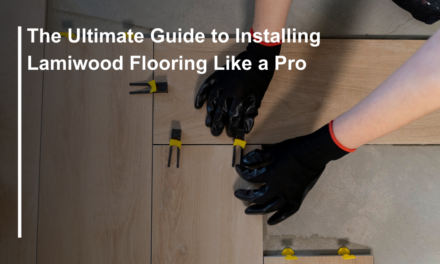Wooden floors add warmth, elegance, and value to any home, but they are not immune to wear and tear over time. From scratches and stains to moisture damage and warping, wooden floors can encounter a range of common issues that require expert troubleshooting. In this article, we’ll explore effective solutions and expert tips for addressing common problems with wooden floors, ensuring they remain beautiful and durable for years to come.
Understanding Common Issues:
Before delving into troubleshooting solutions, it’s essential to identify the common issues that wooden flooring may encounter:
- Scratches and Scuffs: Daily foot traffic, pet claws, and furniture movement can leave scratches and scuffs on wooden floors, detracting from their appearance.
- Stains and Spills: Accidental spills, water damage, and pet accidents can cause stains and discoloration on wooden floors, compromising their aesthetic appeal.
- Moisture Damage: Excessive moisture from leaks, spills, or high humidity levels can penetrate wooden floors, leading to warping, cupping, or buckling.
- Gaps and Squeaks: Changes in humidity and temperature can cause wooden floorboards to expand, contract, or shift, resulting in gaps between boards or squeaky floorboards.
Expert Troubleshooting Solutions:
Addressing common issues with wooden floors requires a combination of preventive measures, maintenance techniques, and repair strategies. Here are expert troubleshooting solutions for each problem:
Scratches and Scuffs:
- Prevention: Place felt pads under furniture legs, use area rugs or runners in high-traffic areas, and trim pet nails regularly to minimize scratches and scuffs.
- Maintenance: Regularly sweep or vacuum to remove dirt and debris that can cause scratching. Use a microfiber cloth or mop dampened with water and a mild detergent to clean the surface gently.
- Repair: For minor scratches, use a wood filler pencil or crayon to fill in the scratch, then buff with a soft cloth. For deeper scratches, consider sanding and refinishing the affected area or hiring a professional to restore the floor’s appearance.
Stains and Spills:
- Prevention: Promptly clean up spills and accidents to prevent staining. Place absorbent mats or rugs in areas prone to spills, such as kitchens and entryways.
- Maintenance: Use a damp cloth or sponge to blot up spills immediately, then clean the area with a wood floor cleaner recommended by the manufacturer. Avoid using harsh chemicals or abrasive cleaners that can damage the finish.
- Repair: For stubborn stains, lightly sand the affected area and apply a wood stain or finish that matches the surrounding floor. If the stain persists, consult a professional for refinishing or spot treatment.
Moisture Damage:
- Prevention: Maintain consistent indoor humidity levels (ideally between 30% to 50%) to prevent moisture-related issues. Use dehumidifiers or humidifiers as needed to regulate humidity levels.
- Maintenance: Clean up spills and leaks promptly to prevent water from seeping into the floorboards. Ensure proper ventilation in moisture-prone areas like bathrooms and basements.
- Repair: If moisture damage has already occurred, consult a professional to assess the extent of the damage and determine the appropriate repair method, which may include replacing damaged floorboards or refinishing the entire floor.
Gaps and Squeaks:
- Prevention: Acclimate wood flooring to the environment before installation to minimize the risk of gaps and squeaks. Use proper installation techniques, including leaving expansion gaps around the perimeter of the room.
- Maintenance: Address squeaks by securing loose floorboards with screws or nails driven into the subfloor. Fill gaps between floorboards with wood filler or caulking to prevent drafts and reduce noise.
- Repair: If gaps or squeaks persist, consult a professional installer or contractor to assess the underlying cause and provide a long-term solution, such as reinforcing subflooring or adjusting floorboard alignment.
Conclusion:
Wooden floors are a timeless and durable flooring option, but they require regular maintenance and occasional troubleshooting to address common issues effectively. By understanding the causes of scratches, stains, moisture damage, and gaps, homeowners can implement preventive measures and maintenance techniques to preserve the beauty and integrity of their wooden floors. In cases where issues arise, consulting with flooring professionals can provide expert guidance and solutions to restore and repair wooden floors, ensuring they remain a stunning centerpiece of any home for years to come.

